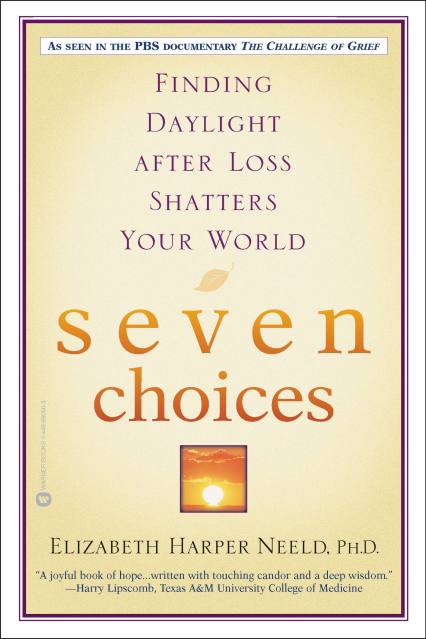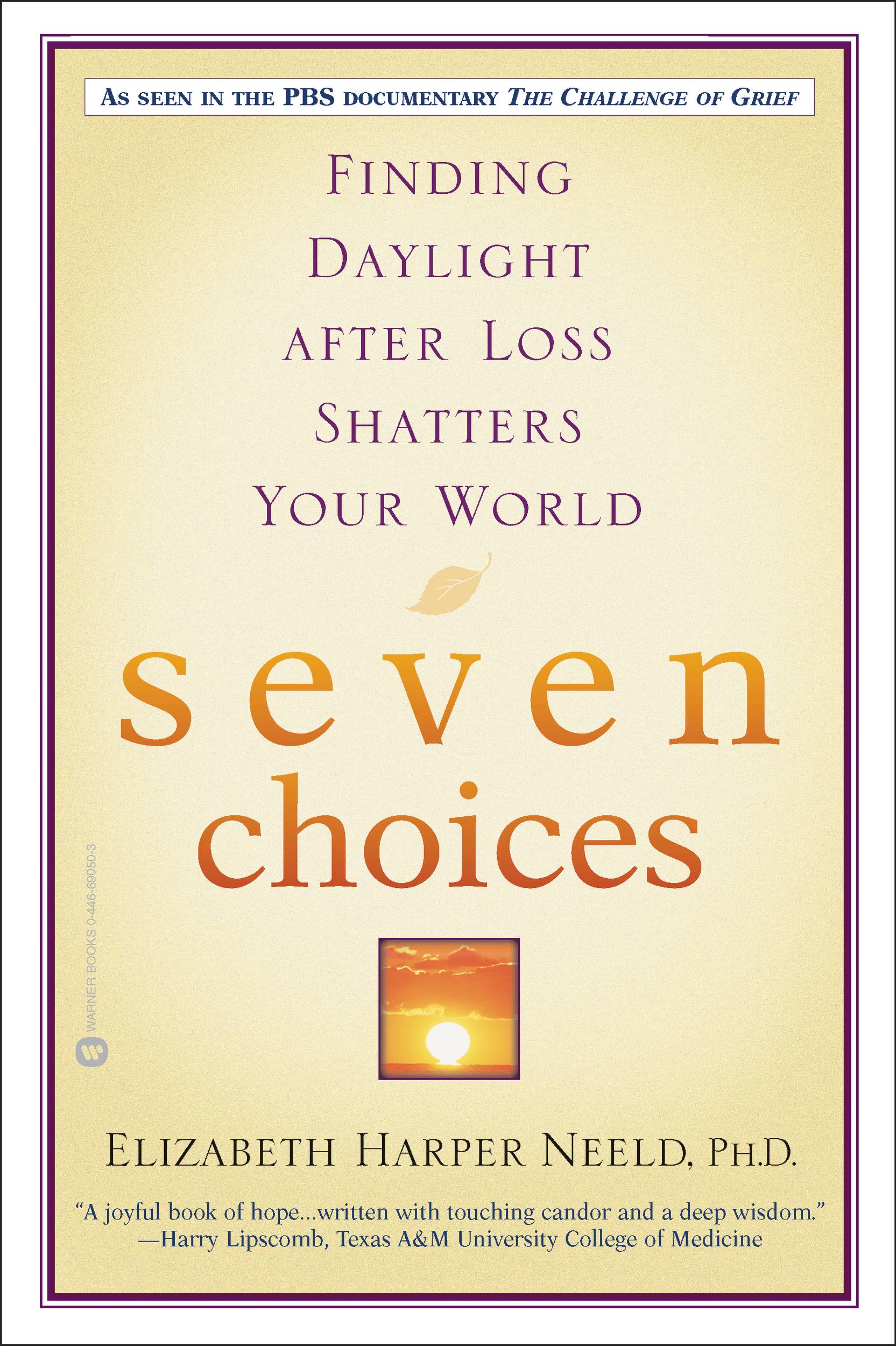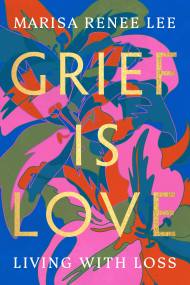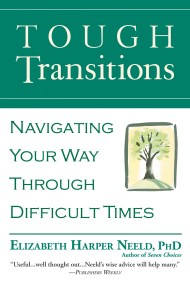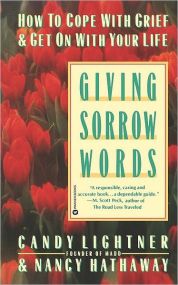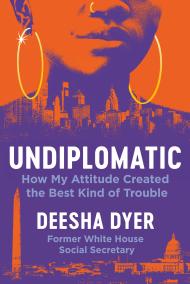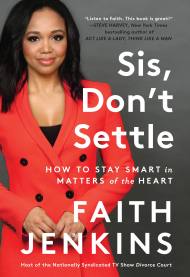Promotion
Use code MOM24 for 20% off site wide + free shipping over $45
Seven Choices
Finding Daylight after Loss Shatters Your World
Contributors
Formats and Prices
Price
$9.99Price
$11.99 CADFormat
Format:
- ebook $9.99 $11.99 CAD
- Trade Paperback $17.99 $22.99 CAD
This item is a preorder. Your payment method will be charged immediately, and the product is expected to ship on or around December 21, 2008. This date is subject to change due to shipping delays beyond our control.
Also available from:
Inspiring, profound, intimate, and moving, this updated edition of the classic self-help book brings solace, hope, and advice to anyone who has suffered loss.
Everyone experiences grief, but few books offer real help with the debilitating emotions of bereavement. Now, an internationally respected authority on personal change maps the terrain between life as it was and life as it can be. Readers can move at their own pace through the seven distinct phases of loss and can work towards a stronger, more balanced self. The author’s own story of the loss of a young husband, combined with the tales of dozens of individuals, and the most recent research on coping with loss, helps readers to become happier, healthier, and wiser beings.
Genre:
- On Sale
- Dec 21, 2008
- Page Count
- 480 pages
- Publisher
- Grand Central Publishing
- ISBN-13
- 9780446555388
Newsletter Signup
By clicking ‘Sign Up,’ I acknowledge that I have read and agree to Hachette Book Group’s Privacy Policy and Terms of Use
